In Japan, the admiration for insects is a fascinating part of the culture. From children to the elderly, the Japanese have a special fondness for these small beings, which are seen almost as miniature heroes. This enthusiasm is particularly strong among boys, who are captivated by the strength, resilience, and uniqueness of insects. Insect hunting is a popular pastime among Japanese children, with specific equipment that makes the activity even more engaging. This hobby was even one of the inspirations for the creation of the famous franchise Pokémon.
In this article, we explore some of the most beloved insects in Japan, their peculiarities, and why they are so emblematic for the Japanese people.
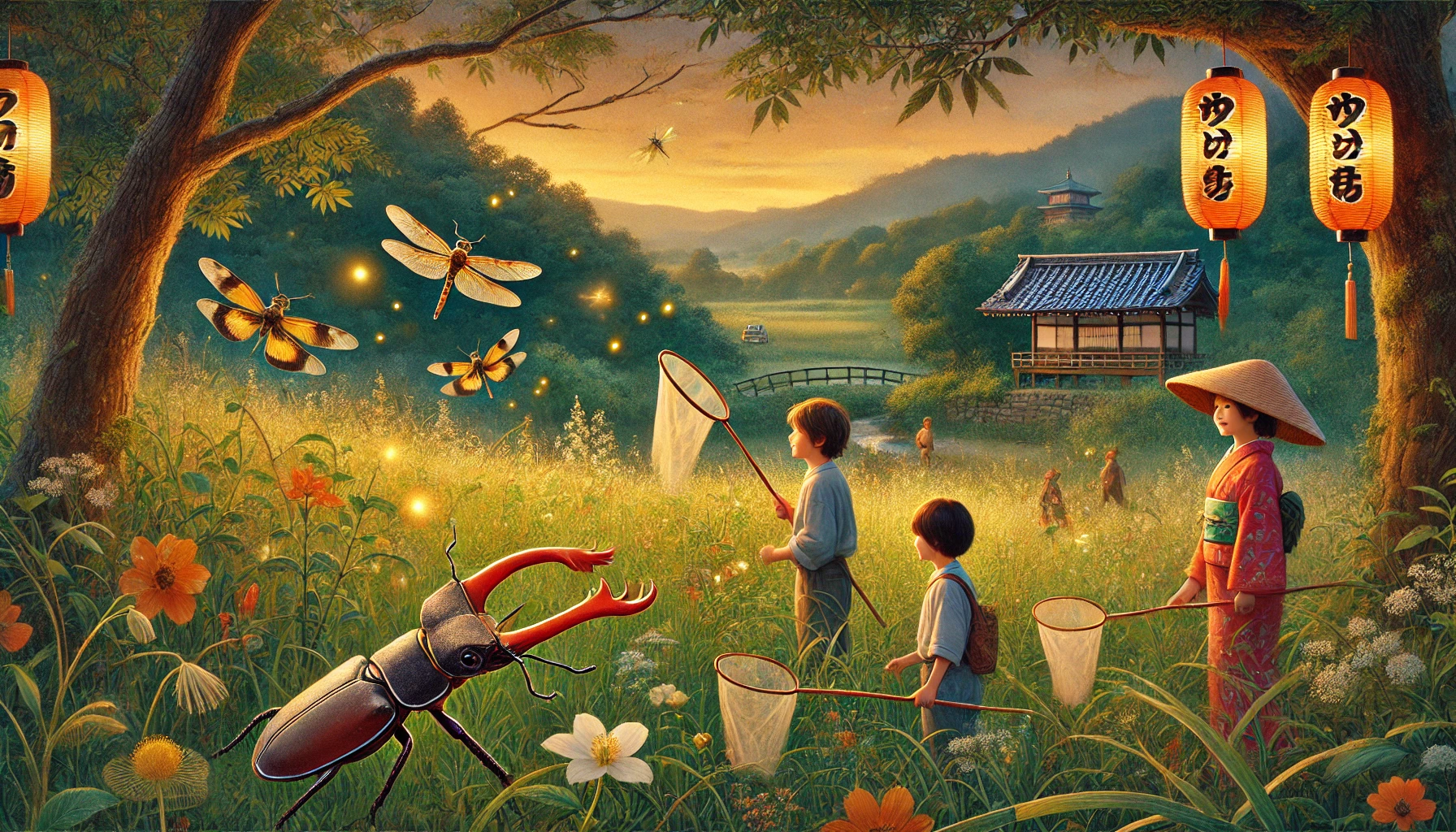
Table of Content
Cicadas - Semi
If there is a sound that defines the Japanese summer, it is the incessant singing of cicadas. These insects, known as "semi" in Japanese, have a significant cultural role, being true symbols of this season. The song of the cicadas, although loud and repetitive, is seen as a melodic reminder of the heat and the fleetingness of summer.
Japan is home to more than 350 species of cicadas, which can be found almost everywhere, from rural areas to the bustling streets of Tokyo. Some of the most famous species include the Abura-Zemi, with its deep call, and the Min-Min-Zemi, which produces a higher-pitched sound. The short life of adult cicadas also brings reflections on the transient beauty of life, a concept highly valued in Japanese culture.
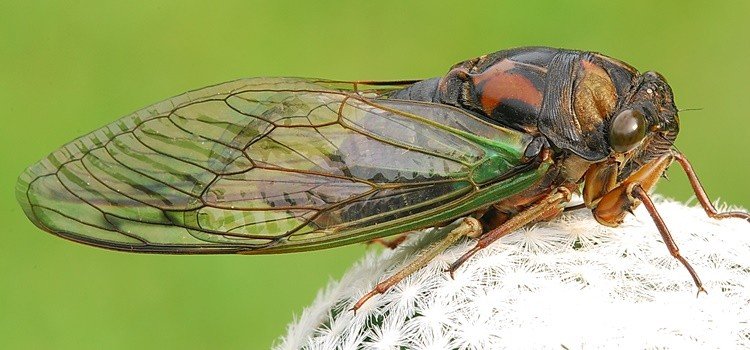
Beetles - Kuwagata and Kabutomushi
Kuwagata - Horned Beetle
Kuwagata are extremely popular among Japanese children. These beetles have powerful jaws that resemble the stylized horns of samurai helmets, making them true cultural icons. In addition to being small and easy to care for, they symbolize strength and resilience, traits highly valued in Japan. Children often capture and raise Kuwagata, frequently organizing friendly "battles" between them.
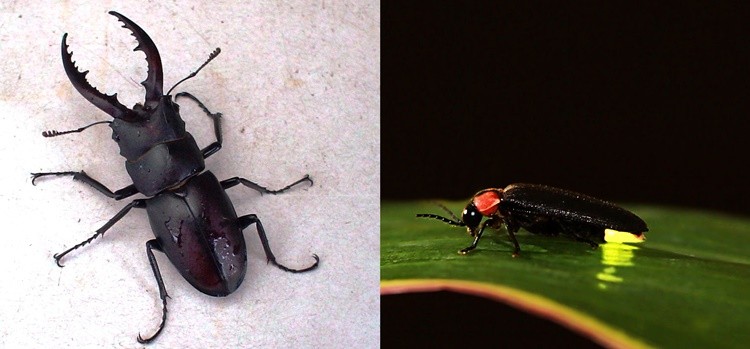
Kabutomushi - Rhinoceros Beetle
Known as the "King of Insects", the Kabutomushi is another favorite. Its name comes from the Japanese word kabuto, which means samurai helmet, due to its robust and striking appearance. These beetles are incredibly strong, able to lift objects many times heavier than their own body, which adds to their allure. They frequently appear in anime and toys, solidifying their status as a symbol of childhood in Japan. Raising a Kabutomushi as a "pet" is a common practice, with affordable prices ranging from 600 to 1,000 yen.
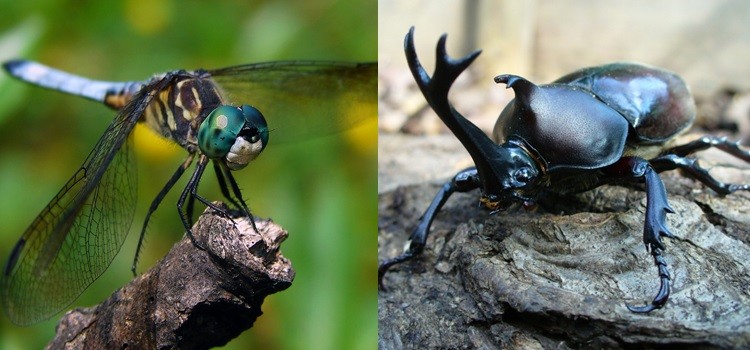
Fireflies - Hotaru
The fireflies, called hotaru, light up the early summer nights in Japan, symbolizing the ephemeral and fragile beauty of nature. Traditionally, the Japanese associate these insects with purity and renewal, and their appearance marks the transition between spring and summer.
Natural shows known as "Hotaru-gari" (firefly watching) are held in various regions, where families and couples gather to admire the insects in fields and by riversides. These events are so significant that they inspired classic works of Japanese literature and cinema, such as the moving film Grave of the Fireflies.
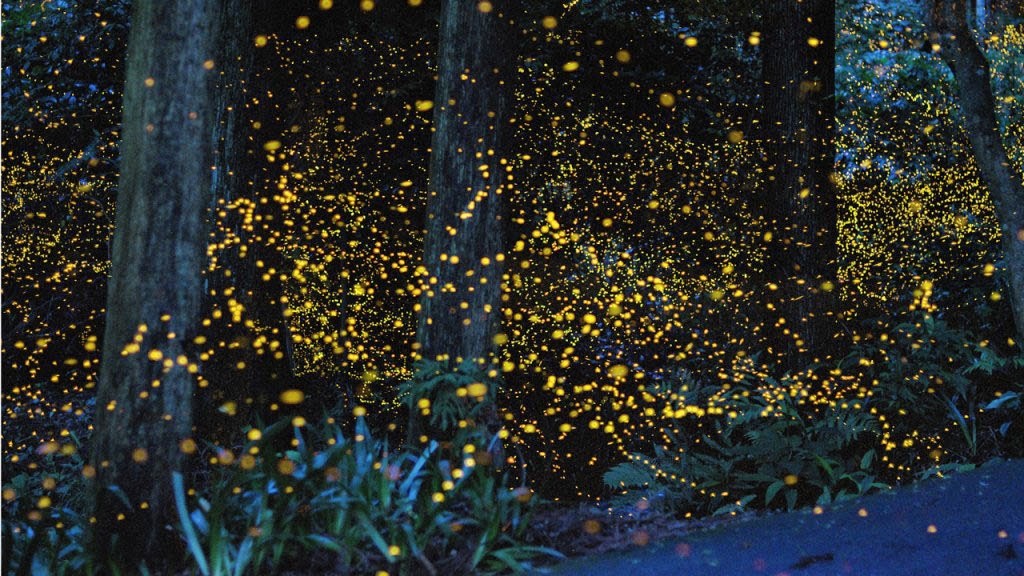
Dragonflies - Tonbo
Dragonflies, or tonbo, have a rich history in Japan, dating back to the time of the samurai. Known as katchimushi (insects of victory), they symbolize perseverance and courage, as they only fly forward. This characteristic inspired warriors to always advance and never retreat on the battlefield.
In Japanese folklore, dragonflies are also associated with good luck and prosperity. Many cultural items, such as armor, swords, and fabric patterns, feature the design of dragonflies as a symbol of protection and triumph.
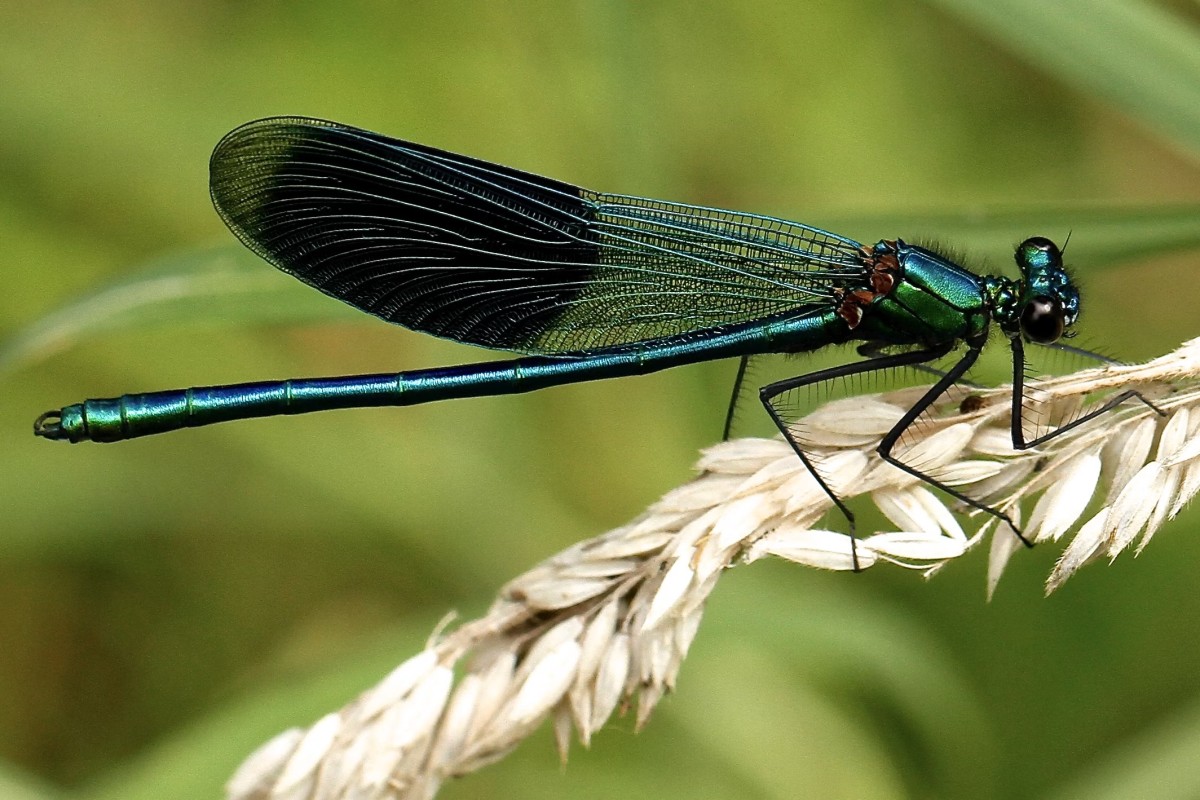
Butterflies - Choucho
In addition to the mentioned insects, butterflies (choucho) are admired in Japan for their delicacy and spiritual symbolism. They represent transformation and rebirth, frequently appearing in traditional ceremonies and Japanese art. Some native species, such as the Blue Menelaus butterfly, are especially valued for their unique beauty.
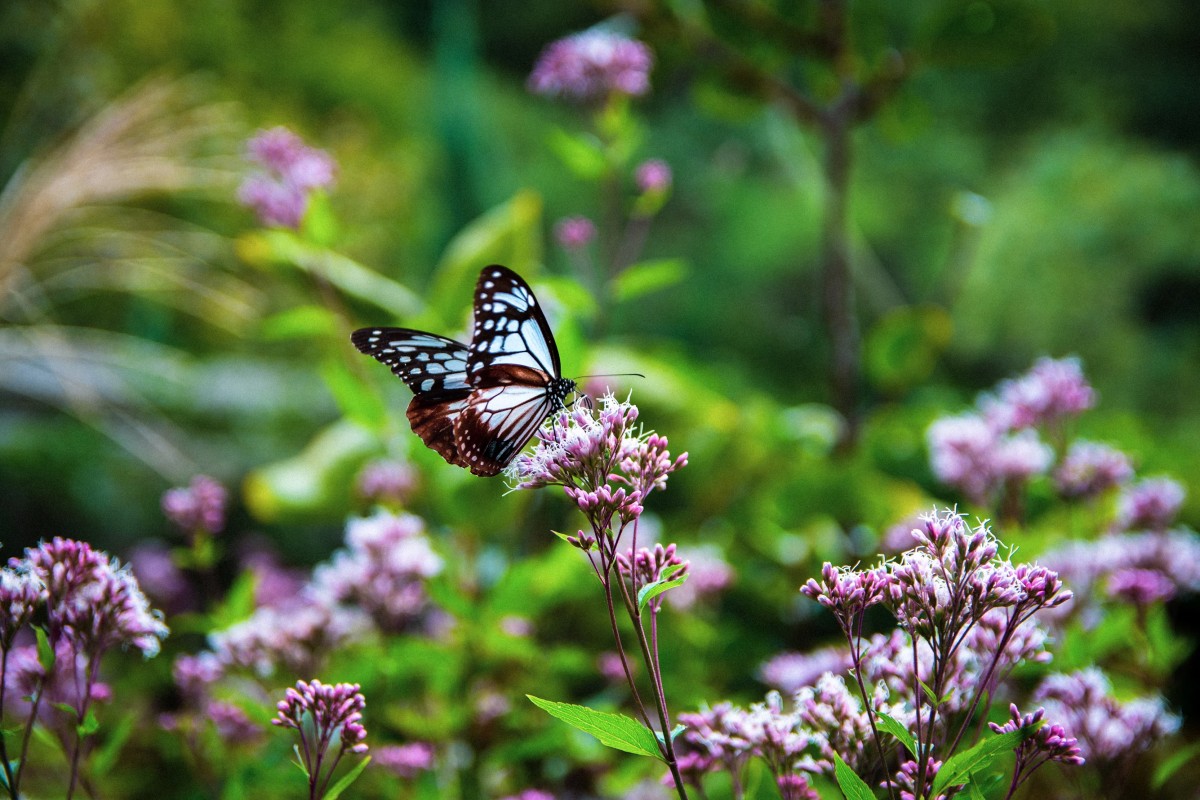
The Unique Relationship between Children and Insects
The love for insects in Japan goes beyond mere curiosity. For children, hunting and caring for insects is a way to connect with nature, especially in a country where urban spaces prevail. Equipment like nets, cages, and identification books are part of this adventure. This playful and educational relationship also shapes the perception of insects as something to be respected and appreciated, a trait that persists into adulthood.
Insects hold a special place in the hearts of the Japanese, transcending generations and cultural contexts. From cicadas and beetles to fireflies and dragonflies, each species has its unique charm and symbolism. By observing this relationship, we understand how Japanese culture values both the small wonders of the natural world and the lessons they can teach.
